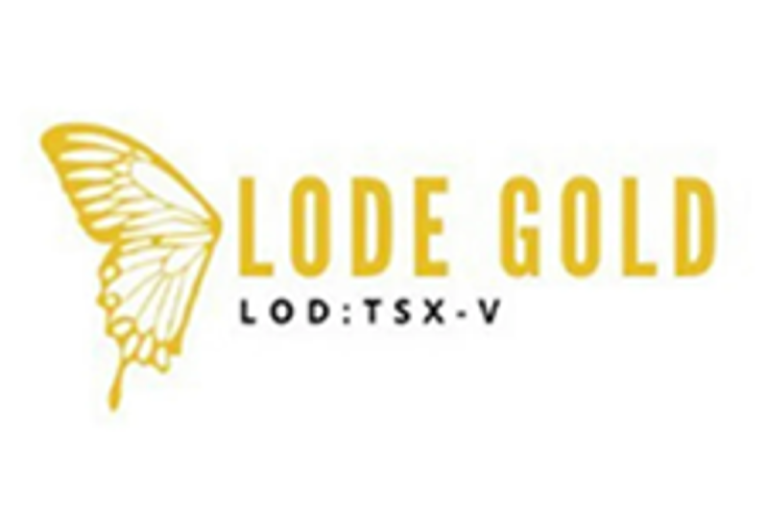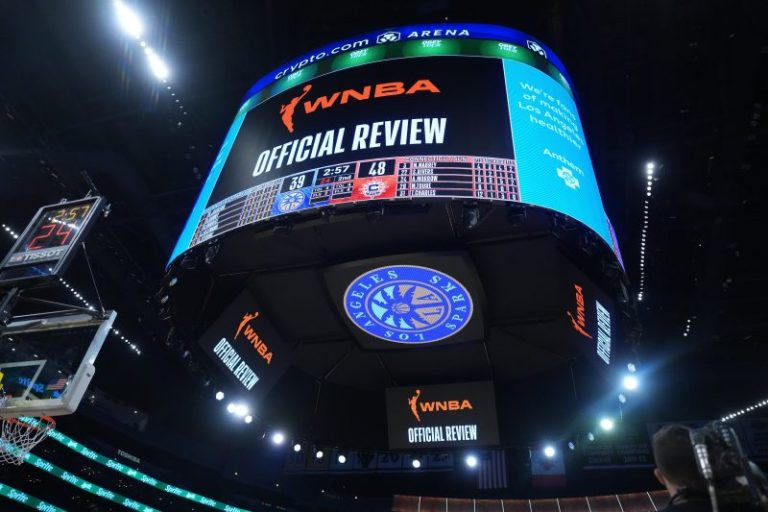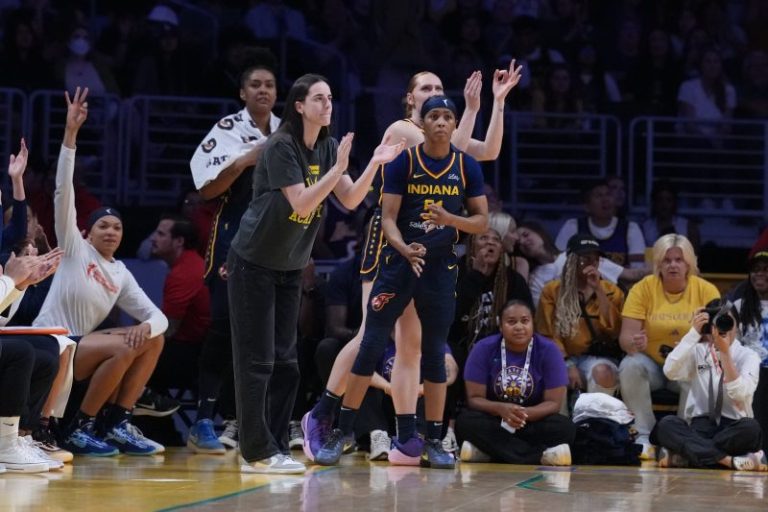Lode Gold Resources Inc. (TSXV: LOD,OTC:LODFF) (OTCQB: LODFF) (‘Lode Gold’ or the ‘Company’) is pleased to announce that it has completed the third and final tranche of its previously announced non-brokered private placement offering for $1 million. In this final tranche, the Company has raised an additional $326,780 through the issuance of 1,815,446 Units at a price of $0.18 per Unit. The Company has now raised a total of $1,513,768 through the issuance of 8,409,825 Units.
Each $0.18 unit consists of one common share and one common share purchase warrant. Each warrant shall entitle the holder to purchase one common share at an exercise price of $0.35 per common share for a period of three years following the date of closing.
The Company may accelerate the warrant expiry date if the Company’s shares trade at $0.65 or more for a period of 10 days, including days where no trading occurs. The closing of the offering is expected to occur one business day following receipt of all required regulatory approvals.
The proceeds raised from the offering will go toward execution of the business plans for Lode Gold and its subsidiary, Gold Orogen (BC 1475039 Ltd.).
About Lode Gold
Lode Gold (TSXV: LOD,OTC:LODFF) is an exploration and development company with projects in highly prospective and safe mining jurisdictions in Canada and the United States.
In Canada Lode Gold holds assets in the Yukon and New Brunswick. Lode Gold’s Yukon assets are located on the southern portion of the prolific Tombstone Belt and cover approximately 99.5 km2 across a 27 km strike. Over 4,500 m have been drilled on the Yukon assets with confirmed gold endowment and economic drill intercepts over 50 m. There are four reduced-intrusive targets (RIRGS), in addition to sedimentary-hosted orogenic exploration gold.
In New Brunswick, Lode Gold, through its subsidiary 1475039 B.C. Ltd., has created one of the largest land packages in the province with its Acadian Gold Joint Venture, consisting of an area that spans 445 km2 with a 44 km strike. It has confirmed gold endowment with mineralized rhyolites.
In the United States, the Company is focused on its advanced exploration and development asset, the Fremont Mine in Mariposa, California. It has a recent 2025 NI 43-101 report and compliant MRE that can be accessed here https://lode-gold.com/project/freemont-gold-usa/.
Fremont was previously mined until gold mining prohibition in WWII, when its mining license was suspended. Only 8% of the resource identified in the 2025 MRE has been extracted. This asset has exploration upside and is open at depth (three step-out holes at 1,300 m hit structure and were mineralized) and on strike. This is a brownfield project with over 43,000 m drilled, 23 km of underground workings and 14 adits. The project has excellent infrastructure with close access to electricity, water, state highways, railhead and port.
The Company recently completed an internal scoping study evaluating the potential to resume operations at Fremont based on 100% underground mining. Previously, in March 2023, the Company completed a Preliminary Economic Assessment (‘PEA’) in accordance with NI 43-101 which evaluated a mix of open pit and underground mining. The PEA and other technical reports prepared on the Company’s properties are available on the Company’s profile on SEDAR+ (www.sedarplus.ca) and the Company’s website (www.lode-gold.com).
ON BEHALF OF THE COMPANY
Wendy T. Chan
CEO & Director
Information Contact:
Wendy T. Chan
CEO
info@lode-gold.com
+1-(604)-977-GOLD (4653)
Kevin Shum
Investor Relations
kevin@lode-gold.com
+1 (604) -977-GOLD (4653)
Cautionary Note Related to this News Release and Figures
This news release contains information about adjacent properties on which the Company has no right to explore or mine. Readers are cautioned that mineral deposits on adjacent properties are not indicative of mineral deposits on the Company’s properties.
Cautionary Statement Regarding Forward-Looking Information
Neither the TSX Venture Exchange nor its Regulation Services Provider (as that term is defined in the policies of the TSX Venture Exchange) accepts responsibility for the adequacy or accuracy of this release.
This news release includes ‘forward-looking statements’ and ‘forward-looking information’ within the meaning of Canadian securities legislation. All statements included in this news release, other than statements of historical fact, are forward-looking statements including, without limitation, statements with respect to the use of proceeds, advancement and completion of resource calculation, feasibility studies, and exploration plans and targets. Forward-looking statements include predictions, projections and forecasts and are often, but not always, identified by the use of words such as ‘anticipate’, ‘believe’, ‘plan’, ‘estimate’, ‘expect’, ‘potential’, ‘target’, ‘budget’ and ‘intend’ and statements that an event or result ‘may’, ‘will’, ‘should’, ‘could’ or ‘might’ occur or be achieved and other similar expressions and includes the negatives thereof.
Forward-looking statements are based on a number of assumptions and estimates that, while considered reasonable by management based on the business and markets in which the Company operates, are inherently subject to significant operational, economic, and competitive uncertainties, risks and contingencies. These include assumptions regarding, among other things: the status of community relations and the security situation on site; general business and economic conditions; the availability of additional exploration and mineral project financing; the supply and demand for, inventories of, and the level and volatility of the prices of metals; relationships with strategic partners; the timing and receipt of governmental permits and approvals; the timing and receipt of community and landowner approvals; changes in regulations; political factors; the accuracy of the Company’s interpretation of drill results; the geology, grade and continuity of the Company’s mineral deposits; the availability of equipment, skilled labour and services needed for the exploration and development of mineral properties; currency fluctuations; and impact of the COVID-19 pandemic.
There can be no assurance that forward-looking statements will prove to be accurate and actual results, and future events could differ materially from those anticipated in such statements. Important factors that could cause actual results to differ materially from the Company’s expectations include a deterioration of security on site or actions by the local community that inhibits access and/or the ability to productively work on site, actual exploration results, interpretation of metallurgical characteristics of the mineralization, changes in project parameters as plans continue to be refined, future metal prices, availability of capital and financing on acceptable terms, general economic, market or business conditions, uninsured risks, regulatory changes, delays or inability to receive required approvals, unknown impact related to potential business disruptions stemming from the COVID-19 outbreak, or another infectious illness, and other exploration or other risks detailed herein and from time to time in the filings made by the Company with securities regulators, including those described under the heading ‘Risks and Uncertainties’ in the Company’s most recently filed MD&A. The Company does not undertake to update or revise any forward-looking statements, except in accordance with applicable law.
To view the source version of this press release, please visit https://www.newsfilecorp.com/release/261839
News Provided by Newsfile via QuoteMedia










